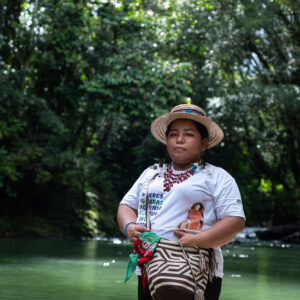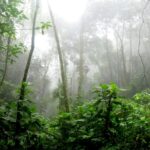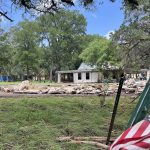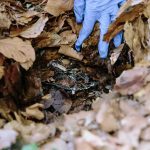Indigenous communities face new mining threat as global copper demand drives amazon exploitation

In the lush forests of southwestern Colombia, where the towering Andes Mountains give way to the sprawling Amazon rainforest, Indigenous communities are confronting a familiar yet evolving threat. Foreign mining interests have once again arrived in Mocoa, but this time they’re not just seeking gold—they want copper, and they want it desperately.
Zuly Rivera, a youth coordinator for the Nasa people, knows this story all too well. Her community and other Indigenous groups in this biodiverse region have watched outsiders come and go for generations, each time promising prosperity while extracting the Earth’s treasures from beneath their ancestral lands. What makes this latest wave different is its scale and urgency, driven by wealthy nations’ insatiable hunger for metals essential to green energy technologies.
The global transition to renewable energy and electric vehicles has created an unprecedented demand for copper, a critical component in solar panels, wind turbines, and electric car batteries. This surge has sparked a worldwide mining rush that’s now reaching into some of the planet’s most pristine wilderness areas, including the edges of the Amazon Basin—one of Earth’s most crucial carbon sinks and biodiversity hotspots.
For Indigenous communities like the Nasa, this represents a painful irony: the metals being extracted from their territories in the name of fighting climate change could destroy the very ecosystems that are essential for planetary health. As mining companies eye the Amazon’s mineral wealth, local communities must once again defend their lands against industrial interests backed by global economic forces.
This article was written by the EnviroLink Editors as a summary of an article from: Inside Climate News







